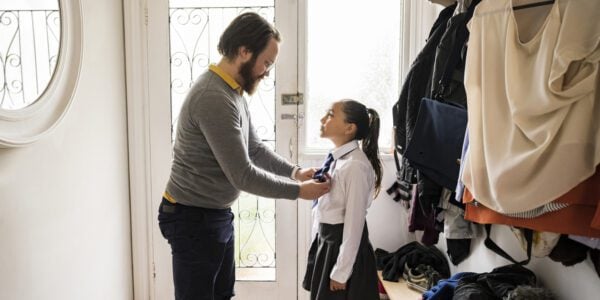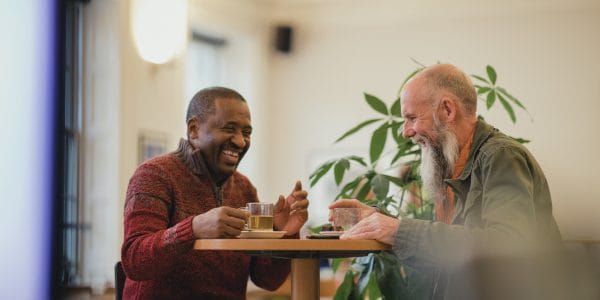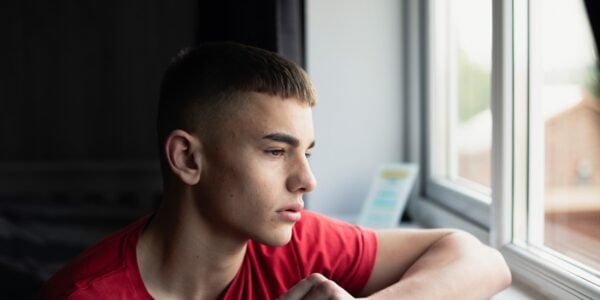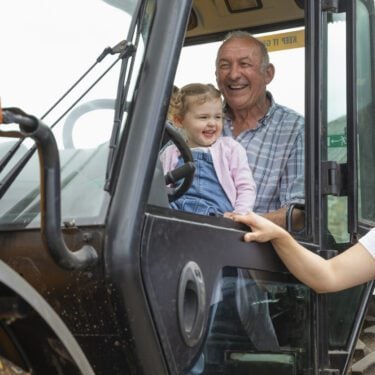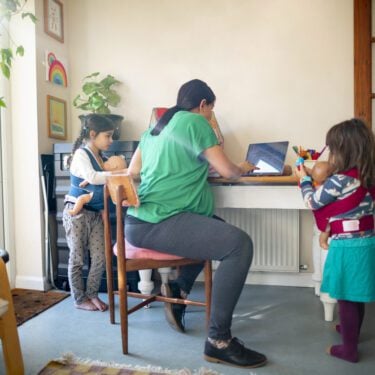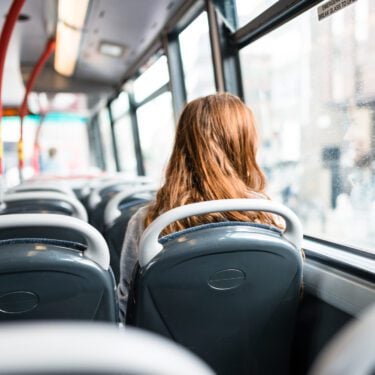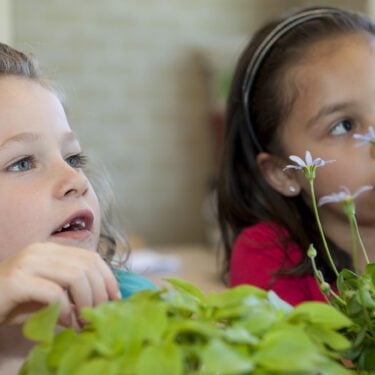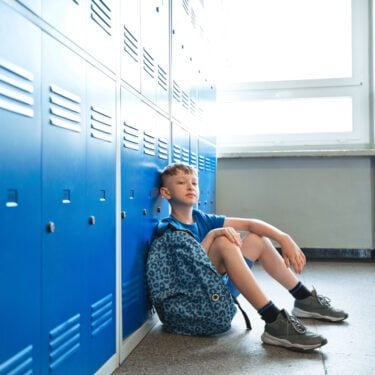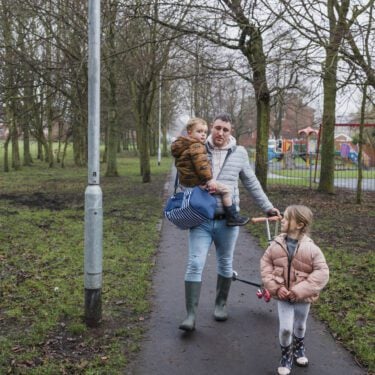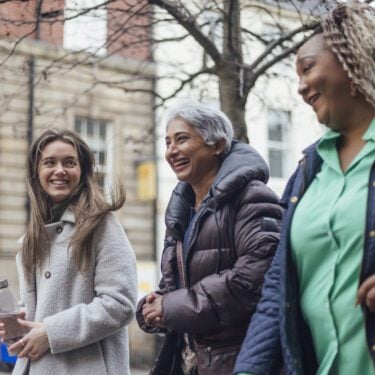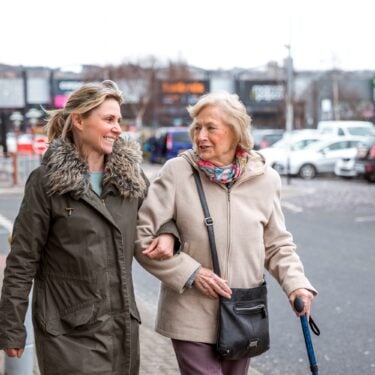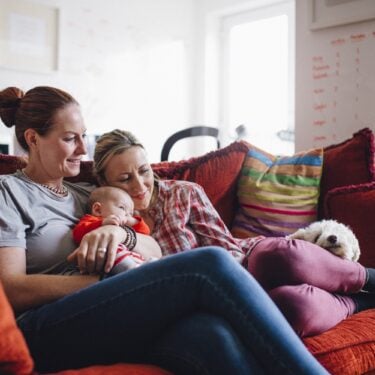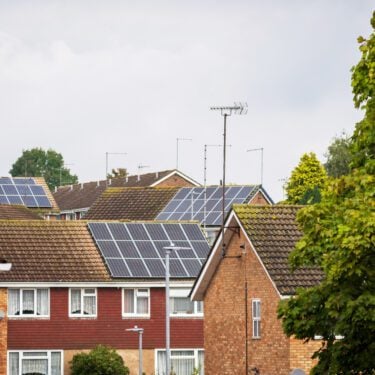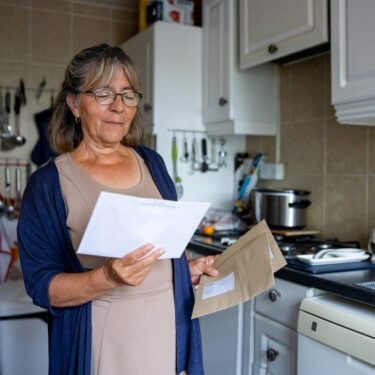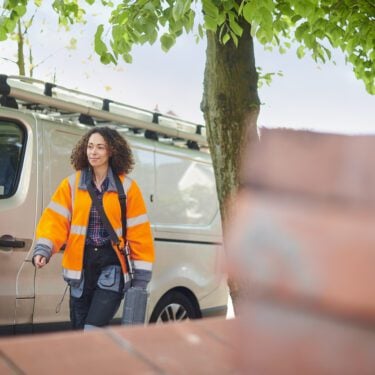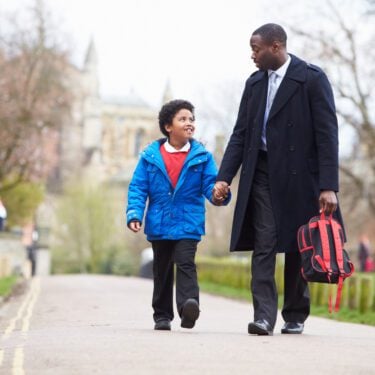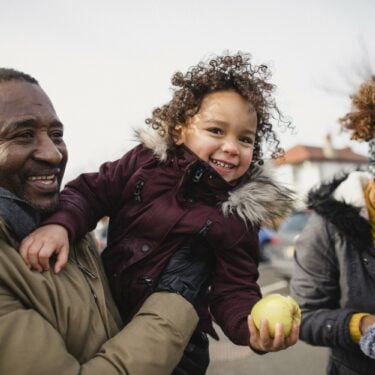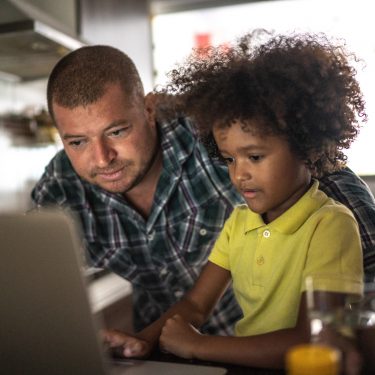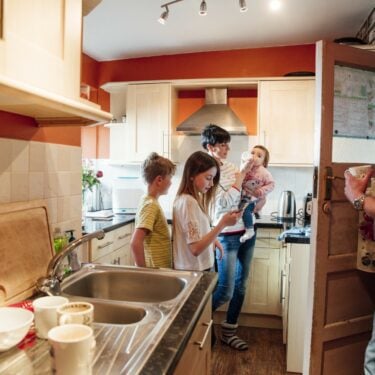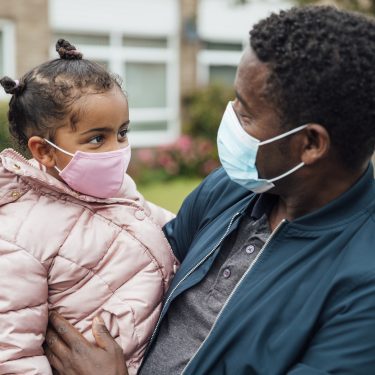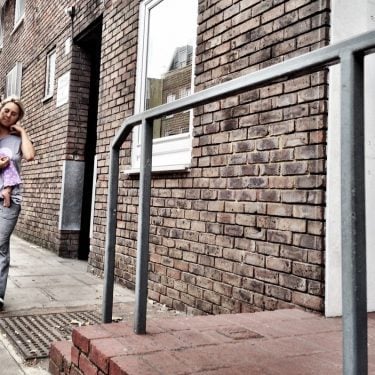
14/03/12
4 min read
The experience of teenagers has changed considerably over the last 30-40 years, including a significant increase in the level of teenage anxiety, depression and behaviour problems according to new research from the Nuffield Foundation.
In addition to an increase in the level of teenage anxiety and depression, today’s teenagers are more likely to be in education and less likely to be in paid employment than their counterparts in the 70s and 80s, leading to a longer and less structured period of adolescence.
Family life for teenagers has also changed. Young people in the 2000s are twice as likely to have experienced the divorce of their parents than young people 30 years ago, but they are also more likely to spend ‘quality time’ with their parents, and to share information about where they are going and who they are with.
These findings are from the Nuffield Foundation’s Changing Adolescence Programme and are published today by Policy Press in a new book, Changing Adolescence: Social trends and mental health, which explores how social change has affected young people’s behaviour, level of teenage anxiety and depression, and transitions toward adulthood.
Anxiety, depression and antisocial behaviour in teenagers
- The proportion of 15/16 year olds reporting that they frequently feel anxious or depressed has doubled in the last 30 years, from 1 in 30 to 2 in 30 for boys and 1 in 10 to 2 in ten for girls.
- The proportion of 15/16 year olds with behaviour problems (as rated by parents) also increased, from approximately 7 per cent in 1974, to approximately 15 per cent in 1999.
- There is evidence that these increases have levelled in more recent years. For example, there was no rise in symptoms of emotional problems between 1999 and 2004.
Time use and education
- The youth labour market has collapsed in recent decades. In the mid 1980s, over 40 per cent of 16-19 year olds were in full-time employment. By 2007, this figure was less than 20 per cent.
- Data from the DfE for 2009 show 69 per cent of 16-18 year olds in full-time education, compared to 32 per cent in 1985. This increase is largely accounted for by greater numbers of young people from lower and middle socio-economic groups staying on in education.
- The number on A level courses has increased since the 1970s from 18 per cent to over 40 per cent. The numbers on vocational courses have also increased, although many of these courses are part-time or less structured than the A level track. The recent Wolf Review of Vocational Education estimated that 25-35 per cent (300,000-400,000) of this age group are on courses that are of little value.
Substance use
- Trends in the consumption of drugs and alcohol have fluctuated since the 1980s, and overall average levels have decreased slightly in recent years. But the absolute level of alcohol consumption amongst 11-15 year olds is higher in the UK than most other countries. For example, 25 per cent of teenagers in the UK report drinking by age 13 or younger, whereas in other European countries this figure ranged from 10-19 per cent.
- Underage drinking in the UK is characterised by early onset, high volume of intake and more binge drinking, factors which play an important role in determining whether substance use is likely to become problematic.
Family life
- Around 20 per cent of all children will have experienced divorce by the age of 16 years, compared to around 10 per cent in the mid 1970s.
- Although conduct and emotional problems increased in all family types, the rates amongst adolescents in non-intact families (separated, divorced and step) tend to be higher than intact families (for example, approximately 20 per cent versus 12 per cent in 1999). There is some evidence that about 15-30 per cent of the change in emotional and behavioural problems could possibly be linked to the change in family structure, but the majority of the change has to be explained by other causes.
- Parents and teenagers are choosing to spend more time together than in the 1980s, and today’s parents are more likely to know where their teenage children are and what they are doing than their 1980s equivalents.
- There has been an increase in self-reported stress among parents of teenagers between the 1980s and 2000s, affecting single parents and parents on low incomes to a greater extent than other families.
What are the implications?
For today’s young people, the transition from school to work is no longer a normal experience. Increased participation in post-16 education is generally considered positive, but only if the courses provide genuine skills and training alongside structure and socialisation. There is growing evidence that this is not the case.
The shift from work to education over time has lead to a way of life increasingly dominated by individual choices about how to spend time, rather than one denominated by the structure and inter-dependence of the work environment. It also raises the question of whether, in the absence of work, young people are increasingly segregated from older generations.
Parents are increasingly involved in their teenager’s lives for longer as young people live at home and stay in education for longer. Evidence of warmer parenting is positive, but we need to understand why parents themselves are becoming more stressed.
Alcohol use is problematic; changes to regulation, pricing and taxation, as well as building public support for change, might help parents – and the rest of society – to feel confident about setting norms.
Dr Ann Hagell, the book’s chief author, said:
“For 16-18 year olds in particular, there have been dramatic changes over the last 30 years. Their relationships with their families are different – they experience more active parenting that continues into their early adulthood. They are also more exposed to drugs and alcohol.
“Most important are the changes in how they spend their time. Today’s young people are in educational and training environments populated almost entirely by their peers, rather than the more mixed environment of work. There is virtually no youth labour market, and the future for this generation looks very different.
“While there are important economic implications of this shifting pattern, the Nuffield Foundation research emphasises the social implications. We have seen significant changes to the structure of the average day and to how 16-18 year olds spend their time, and this may have an impact on their well-being.”
The Nuffield Foundation has published a briefing paper to introduce the main findings from the book.
Notes
1. All data taken from Hagell A (2012) Changing Adolescence: Social trends and mental health. Bristol: Policy Press, except for those relating to numbers of 16-18 year olds in full-time education taken from DfE/BIS figures.
2. Changing Adolescence: Social trends and mental health is published by Policy Press, with a foreword by Professor Sir Michael Rutter: http://www.policypress.co.uk/display.asp?K=9781447301035&sf1=contributor&st1=Ann%20Hagell&m=2&dc=2
3. The Nuffield Foundation’s Changing Adolescence Programme was established in 2005 in response to research findings that showed a significant increase in young people’s emotional and behavioural problems between 1975 and 1999, including a rise in the level of teenage anxiety and depression. Its aim was to examine the reasons for this increase and to understand how the lives of young people have changed over the last 30 years.




